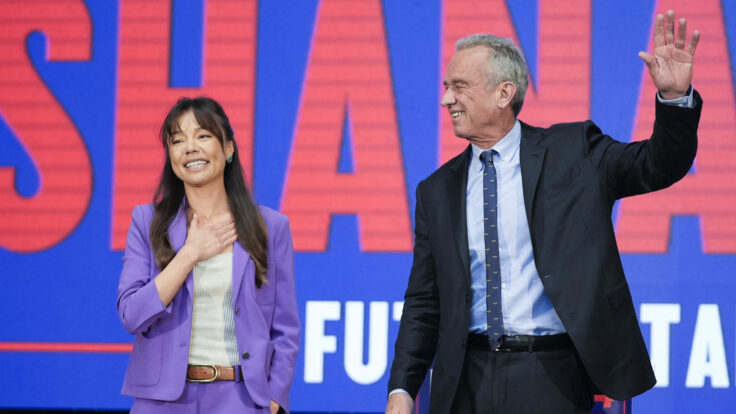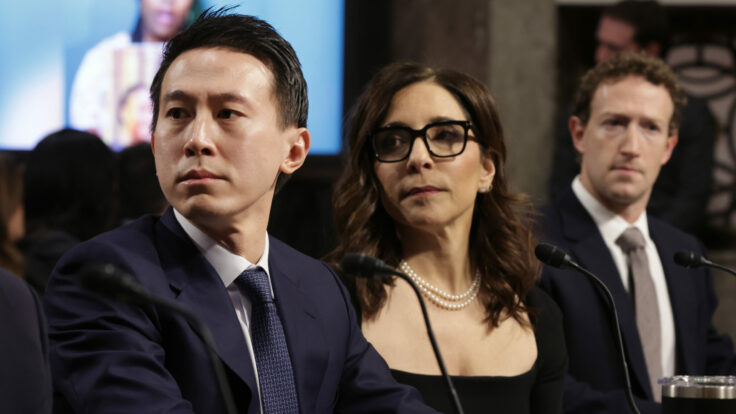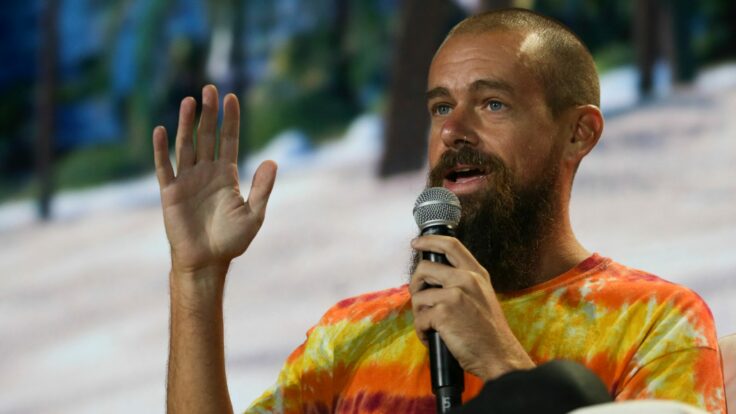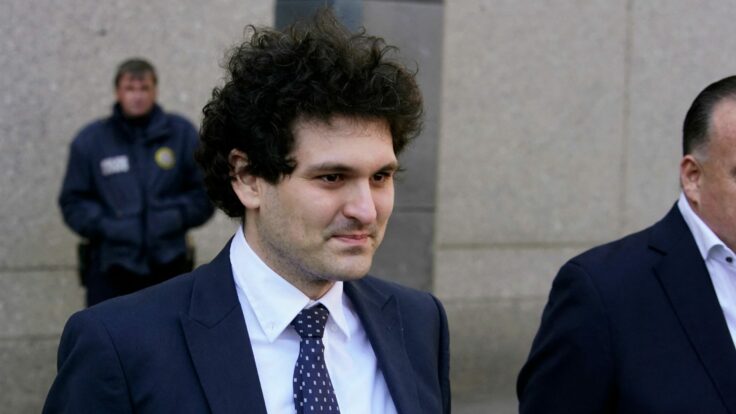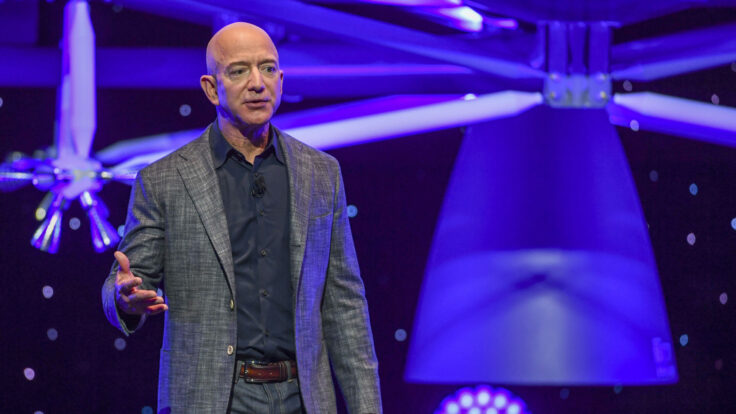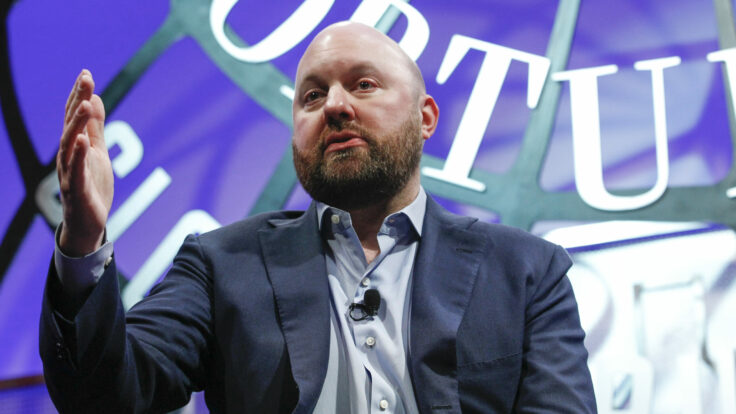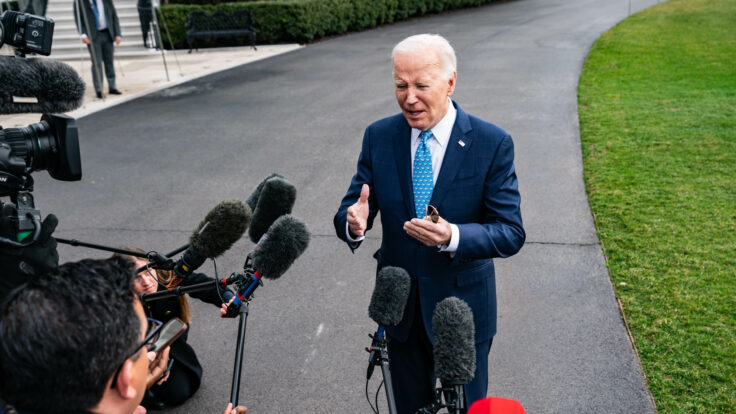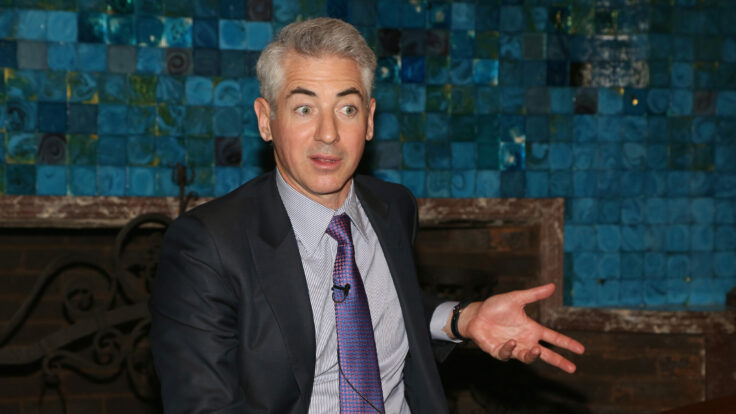On Saturday, Election Day will be just 100 days away—a rollicking final stretch of midterm campaigning that will determine who controls the Senate next year, and set the stage for the presidential race to come. What happens this fall—and in 2024—depends in part on the money game in Silicon Valley, where the tech mega-donors who were activated by Donald Trump in 2016 are still ruminating on just how involved they want to be going forward.
This winter, I published a Grantland-esque, highly scientific power ranking of these nine Democratic and five GOP players in Silicon Valley. Now, six months later, and after a wave of F.E.C. filings over the past week or two, I’m revisiting the ranking with an updated portrait of who’s up and down in donorworld. Or put another way, whose call should you return first?







